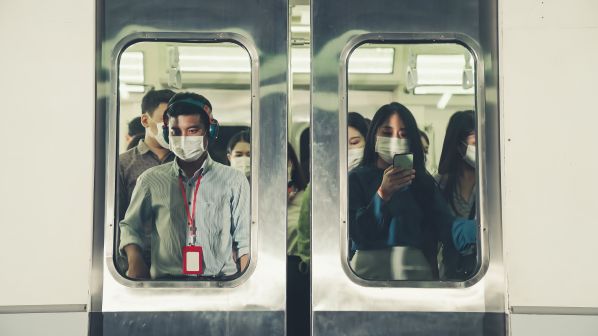Current signalling systems are limited in the capacity that they can offer with the information available. However, automated operation where intelligent trains and infrastructure communicate and adjust operation according to real-time conditions, has the potential to meet rising demand at a fraction of the cost of new line construction.
Artificial Intelligence, cloud computing and big data technologies are set to be the major technological drivers of automated train operation on urban rail networks, helping to deliver comprehensive network-wide management solutions. This includes metros where automation is well established, and suburban and mainline railways, where this technology remains in its infancy but with several exciting pilot and early implementation projects underway.
The extensive backend systems required to deliver automation must be reliable and capable of sharing data between networks efficiently while ensuring the highest standards of safety for passengers. Urban rail lines currently operate as largely point-to-point systems, separate from other lines. This means there are often barriers to sharing network-wide operational information and data, making it difficult to offer comprehensive management of large-scale networks.
Huawei offers a range of technologies and digital platforms to address these challenges and accelerate the transition from single line to multi-line operation.
For example, Huawei’s Urban Rail Cloud Solution uses cloud computing, Big Data, 5G and AI to build a unified open and intelligent Horizon Digital Platform for urban rail. Various services - such as Integrated Supervisory Control System (ISCS), Automatic Fare Collection (AFC), Passenger Information System (PIS) and CCTV - are deployed and carried on the cloud platform in a unified manner. This avoids the traditional method of separately implementing each service system, laying the foundation for closer service linkage and the deployment of Big Data analytics.
Shenzhen Metro is already using this platform on lines 6 and 10 to help address challenges across a range of areas:
- easing congestion
- improving platform security by 80%
- reducing costs through active, predictive fault management, and boosting IT resource utilisation to more than 50%, and
- improving the travel experience.
Among the advantages offered by Huawei Urban Rail Cloud to Shenzhen Metro and other operators is the pooling of resources. Pooling of resources facilitates improved sharing and on-demand resource allocation, enabling flexible expansion of services. In addition, a hybrid cloud architecture enables the development of innovative passenger and business development on the public cloud. It also helps to elevate IT resource utilisation from 10 to 50% while reducing IT equipment procurement by 16%. Moving station-level services to the cloud and centralising operation and maintenance reduces demand for equipment room space by over 100m² in a single station.
Making such a dramatic change may seem like a daunting prospect, particularly for operators that have worked in the same way for many years. Indeed, it will require a new mindset. But the benefits are real. Having a proficient partner is essential in this process and Huawei is ready to support operators aiming to make this step.
For more information about Urban Rail Cloud Solution, please click here.

